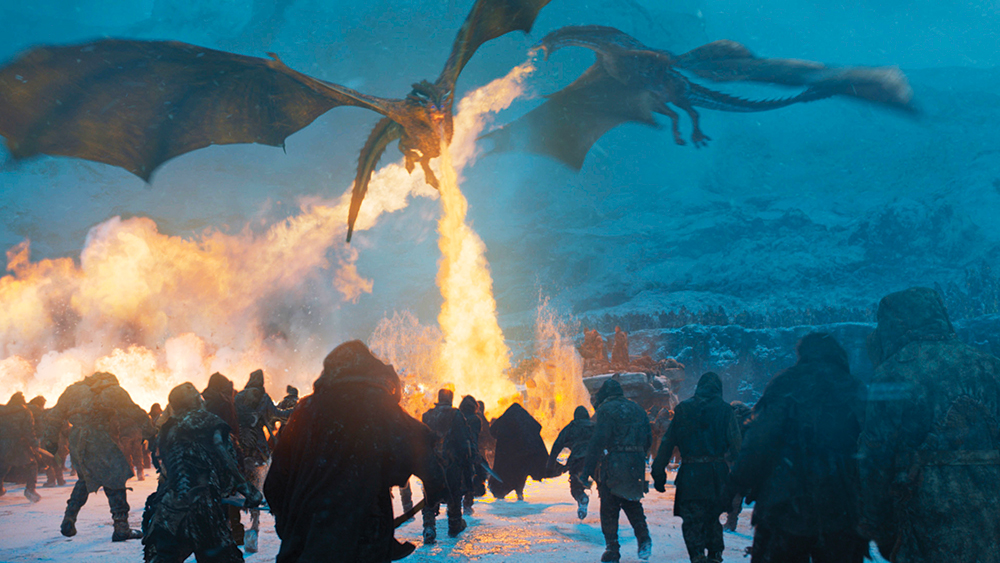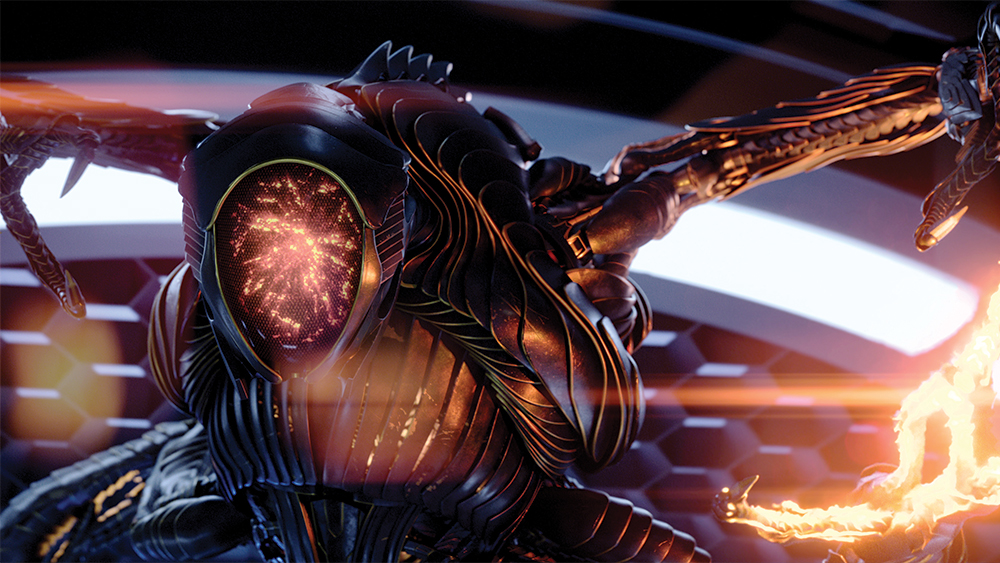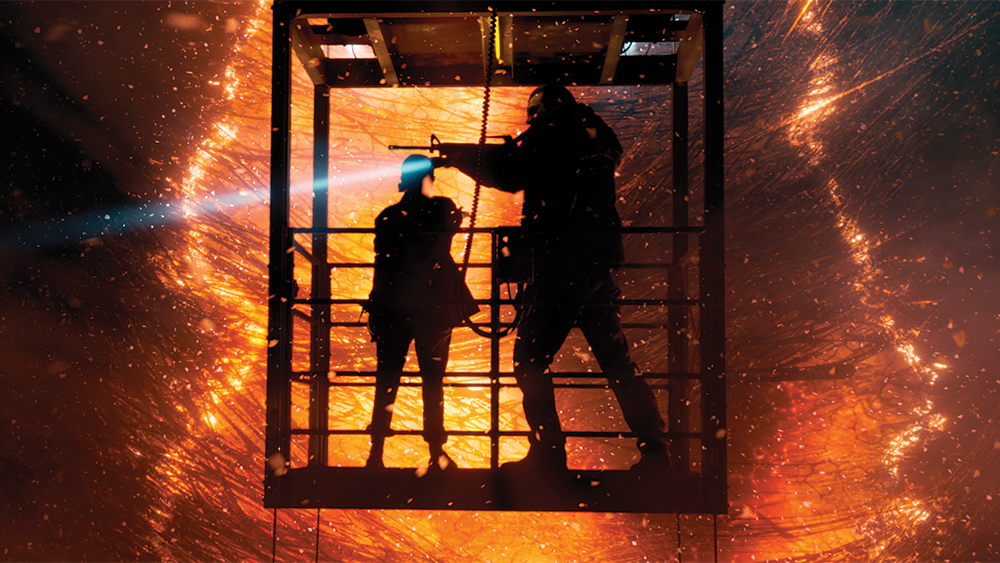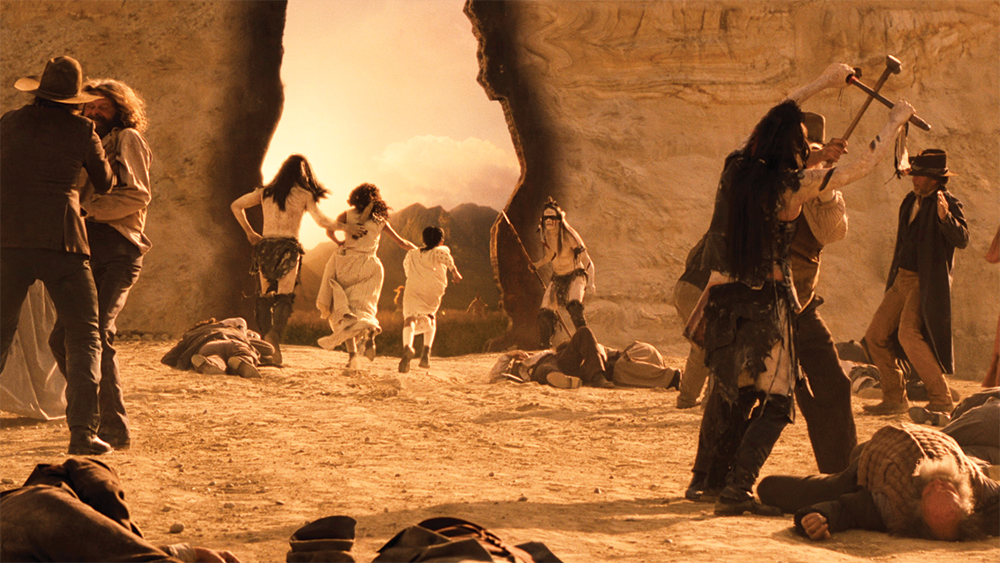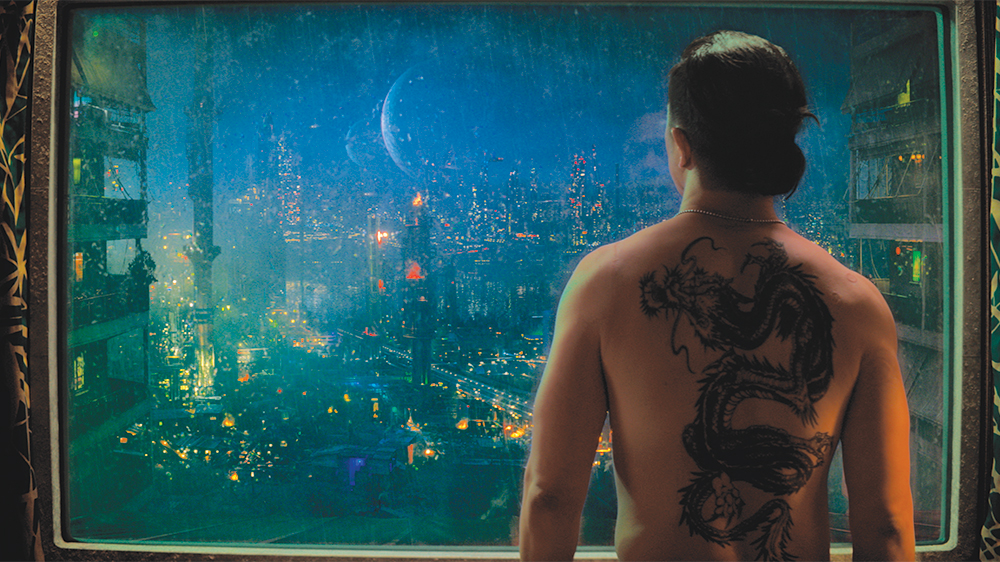How VFX Helped ‘Game of Thrones,’ ‘Stranger Things,’ ‘Westworld’ Drive Their Storytelling
By Scott Huver
LOS ANGELES (Variety.com) – As television continues to provide portals into fantastic, compelling worlds outside the constraints of space, time and physics, it’s increasingly vital that those imaginative environs — speculative futures ranging from cyberpunk cityscapes to colonizing spacecraft to high-tech A.I. theme parks to an ancient and sprawling fantasy landscape and an insidious dimension encroaching the recent past — be as utterly convincing as possible. As the Emmy nominees in visual effects so effectively demonstrate, a major factor in asking an audience to suspend their disbelief is delivering inviting, sumptuously crafted alternate realities viewers can readily believe in.
Altered Carbon (pictured top)
Netflix
For the series-launching episode “Out of the Past,” senior vfx supervisor Everett Burrell says the challenge was both clear and complex: to establish a world set three centuries from now.
“I had to build stuff not only for the pilot, but for the rest of the season,” he says. “We had to really be careful not to get ourselves stuck in a corner, to be flexible enough to adjust to scripts I didn’t even have yet.”
Burrell and his team were keen to pay homage to a “Blade Runner”-esque aesthetic while also taking the world in a unique direction — and to the “power of 10,000,” due to a demanding, detail-rich resolution that even movies don’t command. “We had to be smart about how we spent our money, and I had to make sure that every episode had a unique feel if we were in a different part of the city.”
Game of Thrones
HBO
Lead visual-effects producer Steve Kullback and lead visual-effects supervisor Joe Bauer say the Emmy-nominated penultimate episode “Beyond the Wall” offered entirely new challenges in the otherwise well-established world of Westeros. “[There were] a number of very difficult things that we had never done before,” says Bauer. “Fortunately, they all worked out.”
Most notable was Daenerys’ dragon-flying rescue on the frozen lake. It involved a plethora of elements, including actors, stunt teams, real-world environments shot with helicopters and motion-controlled cable rigs, a rock quarry set-dressed as an ice pit, weather, CG’d elements including the dragon Drogon, the play of dragonfire against icy backdrops, and some 500 extras multiplied to comprise the 10,000-body Army of the Dead.
“There was hardly a shot that wasn’t visual effect,” says Kullback. And there was something the producers had long threatened to include: “This year they DIDN’T cut the zombie polar bear,” laughs Bauer, “so we really had to knuckle down and figure out how to do it.”
Netflix
For “Danger, Will Robinson,” the climatic finale of the sci-fi reboot, senior VFX supervisor Jabbar Raisani’s team tackled the no-holds-barred battle between the good and evil robots by bringing the animators directly into the physical set to block out the fight blow-by-blow, angle-by-angle to better choreograph the sequence in CG — bolstered by a very personal exchange.
“There’s a moment I’m really proud of where the full-CG robot is on the ground and looks up at Will and they have their last emotional connection,” Raisani says. “We just don’t want CG creatures fighting each other. I want to know what their connection is to the story and to the characters.”
For its debut season, the show adhered to a reality-based, near-future aesthetic, he says, “always trying to think, ‘OK, if we had to do this 30 years into the future, how would NASA handle this problem?’ and always try to bring it back to reality.”
Stranger Things
Netflix
Much as in the breakneck, do-or-die pace of “’” second-season finale “Chapter Nine: The Gate,” the race to the finish line to deliver the final visuals came down to clutch time, according senior visual-effects supervisor Paul Graff and senior visual-effects producer Christina Graff, the husband-and-wife team behind the eye-popping effects in nearly every other shot of the episode.
“It was like a crazy rollercoaster ride moving from chapter to chapter,” Paul Graff says. “There wasn’t room to make any mistakes.”
Still, shooting on a painfully tight schedule, the couple managed to impress their showrunners, the Duffer brothers, with a plethora of staggering effects, most notably the descent from the lab into the Rift Cavern where the Upside Down bled into the Hawkins underground.
“It was one of the shifts where we’d just descended from the lab in the elevator, and we’re behind Eleven and we look out and we see this pulsating red, orange, yellow rift that’s just really alive, and Matt Duffer said, ‘Oh, this is like beautiful hell,’” recalls Christina Graff.
Westworld
HBO
VFX supervisor Jay Worth says his second season’s nominated finale episode “The Passenger” was even more complex than than the world-building and big reveals of the first. “As per normal for us, everything about it, from the storytelling aspect to the location challenges to the scope and the size and just the volume alone — 580-plus shots — was challenging,” he says.
Particularly tricky was creating the gateway into the Sublime, the bucolic cyber-afterlife world the hosts were striving to escape to during the climactic battle sequence.
“It was this bending in space,” says Worth. “A little bit like a mirage, but it still had a physical presence.”
Extra digital labor was required to create as inviting a Sublime as possible. “Unfortunately we were shooting in the middle of Simi Valley in the middle of summer, when it was brown and not very pretty,” he says. “We ended up having to roto everything, as well as put in these mountain tops and just try and make it look like something that looks very pleasing.”
